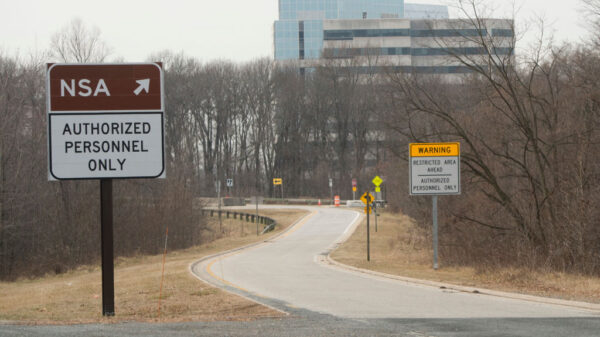A small mountain town in Colorado, Vail, is leveraging technology to enhance its response to wildfires and streamline municipal operations. With a population of about 4,000 year-round residents and approximately 3 million annual visitors, the town is implementing AI-driven solutions that transform several key areas of public service.
“As we had this two-day iterative discussion, we saw real applications of how we could be more efficient with our time, with really mundane daily things we do every day,” stated Russell Forrest, Vail’s town manager. This transition towards artificial intelligence (AI) began when officials met with technology providers several months ago to explore how AI tools could optimize internal operations and improve service delivery to both residents and tourists.
Key Areas of AI Implementation
Vail is focusing on four critical areas for AI integration: fire detection, website accessibility compliance, document management, and community engagement. The project, coordinated by SHI International Corp., involves partnerships with various tech companies, including HPE, Kamiwaza AI, Vaidio, and ProHawk AI, through the HPE Agentic Smart City Solution.
A significant innovation is the use of enhanced video analytics to bolster wildfire detection. Existing cameras positioned throughout the rugged landscape will be equipped with advanced AI technology, enhancing situational awareness for Vail Fire and Emergency Services. Technologies from ProHawk and Vaidio are integrated into this early detection system, which aims to provide timely alerts to officials in case of fire outbreaks.
See also Yann LeCun Leaves Meta to Launch Advanced Machine Intelligence Start-Up with Company Support
Yann LeCun Leaves Meta to Launch Advanced Machine Intelligence Start-Up with Company SupportFurthermore, Kamiwaza AI is tasked with ensuring the town’s website meets accessibility standards, producing compliant web pages and documents for individuals with disabilities. This AI technology also facilitates translation services, making Vail’s online resources more accessible to non-English speakers.
Efficiency Gains through AI
One of the most notable advancements is automating the complexities involved in the buying or transferring of affordable housing properties. According to Forrest, what used to take city staff two days to process can now be completed in mere seconds. “It can be a two-day process to go back and look at records associated with the property… to be able to say, ‘hey, here are the parameters for selling or renting that property,’” he explained. This efficiency not only saves time but also allows staff members to focus on more personalized interactions with residents, such as guiding first-time homeowners through their purchasing journeys.
Another exciting feature that is still under development is a 24-hour digital “avatar,” intended to serve as a virtual assistant for residents and visitors, addressing inquiries promptly. This digital ambassador will be supported by the HPE platform and aims to enhance user engagement further.
“The HPE Agentic Smart City Solution enhances municipal operations by securely integrating data and AI across departments to support faster, better decisions,” said Luke Norris, CEO and co-founder of Kamiwaza AI. “For example, AI-driven systems can detect wildfires early using enhanced video analytics, automate deed restriction processing to reduce manual errors, and deploy digital assistants to handle public inquiries in real time—all running on HPE infrastructure and NVIDIA AI computing.”
Broader Implications for Smart Cities
Vail’s initiatives reflect a growing trend among municipalities to employ AI tools to streamline operations and improve safety. Cities like San Jose, California, are similarly utilizing AI to identify road hazards and improve urban planning. Nichole Sterling, mayor pro tem in Nederland, Colorado, noted the importance of addressing labor-intensive municipal codes through AI, emphasizing the need for innovation in local governance.
“To do that, we’ve got to embrace innovation and creativity,” Forrest said of Vail’s vision to become the premier mountain resort community globally. The integration of AI technologies not only enhances emergency response times but also fosters new opportunities for engagement with both residents and tourists.
As Vail continues to embrace these innovations, it sets a precedent for other small towns exploring similar technological advancements to improve community services and overall quality of life.





































































